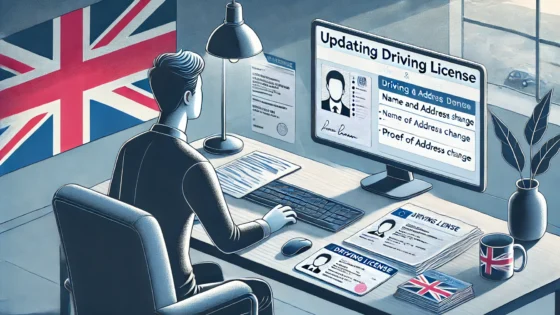Weather conditions are a major factor influencing road safety,
Often contributing to accidents due to reduced visibility, compromised vehicle control, and unexpected hazards. Rain, perhaps the most common adverse weather condition, is a significant cause of accidents worldwide. Even light rain can make road surfaces slippery as water mixes with oil, dirt, and debris. These slick conditions increase the risk of vehicles losing traction, particularly during sharp turns or sudden braking. Heavy rain can exacerbate the situation by reducing visibility and causing water pooling or hydroplaning, where tires lose contact with the road surface and slide uncontrollably. Drivers often underestimate these dangers, maintaining normal speeds or braking sharply, which significantly increases accident risks.
Snow and ice are particularly hazardous during winter, presenting unique challenges for drivers. Snow reduces traction, making it difficult for vehicles to maintain stability, especially when turning or navigating steep inclines. Ice, particularly black ice, is even more dangerous as it is nearly invisible on the road. Vehicles encountering ice often skid uncontrollably, leading to collisions or rollovers. Bridges and overpasses are especially susceptible to icing due to their exposure to cold air on all sides, catching unprepared drivers off guard. Driving in such conditions requires heightened caution, as even minor errors can have severe consequences.
Fog is another significant weather condition contributing to road accidents, primarily by severely reducing visibility. Dense fog obscures the road, making it challenging for drivers to see traffic lights, road signs, or other vehicles. This lack of visibility disrupts the driver’s ability to gauge distances accurately, often leading to rear-end collisions or multi-car pile-ups. Compounding the problem, drivers often rely on high-beam headlights in foggy conditions, which reflect off the moisture particles in the air and further reduce visibility. Drivers unfamiliar with foggy conditions may also panic or overreact, making sudden stops or abrupt turns, which can cause accidents.
High winds also play a critical role in causing accidents, particularly for larger vehicles like trucks, buses, and vans. Strong crosswinds can destabilize these vehicles, making it difficult for drivers to maintain control. Even smaller vehicles can be pushed off course, especially on open highways or bridges. Winds can also blow debris, such as branches or signs, onto the road, creating unexpected obstacles. Dust storms, which are more common in arid regions, can create zero-visibility conditions, making it impossible for drivers to see the road or other vehicles. This sudden loss of visibility often results in large-scale accidents involving multiple vehicles.
Extreme heat, while less commonly associated with road accidents, can also pose challenges. Prolonged exposure to high temperatures can cause tire blowouts, particularly if tires are underinflated or already worn. Engine overheating is another risk, especially in older vehicles or those that are not well-maintained. Drivers experiencing these mechanical failures in the middle of busy roads may unintentionally create hazardous situations for themselves and others.
Adapting driving habits to weather conditions is essential for reducing the risk of accidents. Drivers should slow down and maintain a greater distance from the vehicle in front to allow for safer braking and maneuvering. During rain or fog, using headlights appropriately can improve visibility for both the driver and other road users. For icy or snowy conditions, winter tires and chains can enhance traction, while maintaining low speeds and avoiding sudden movements can help keep the vehicle stable.
In addition, preparedness plays a significant role in managing weather-related risks. Checking weather forecasts before embarking on a journey can help drivers plan their routes or decide to postpone travel during extreme conditions. In some cases, drivers may need to carry emergency supplies, such as blankets, food, and water, in case of being stranded during severe weather events. Public authorities also have a role to play by ensuring that roads are well-maintained, promptly cleared of snow or debris, and equipped with proper signage to warn drivers about potential hazards.
Ultimately, understanding how various weather conditions contribute to road accidents and adopting appropriate safety measures can significantly reduce risks. By adjusting driving behavior and preparing for adverse weather, drivers can ensure safer journeys for themselves and other road users, even in the most challenging conditions.



